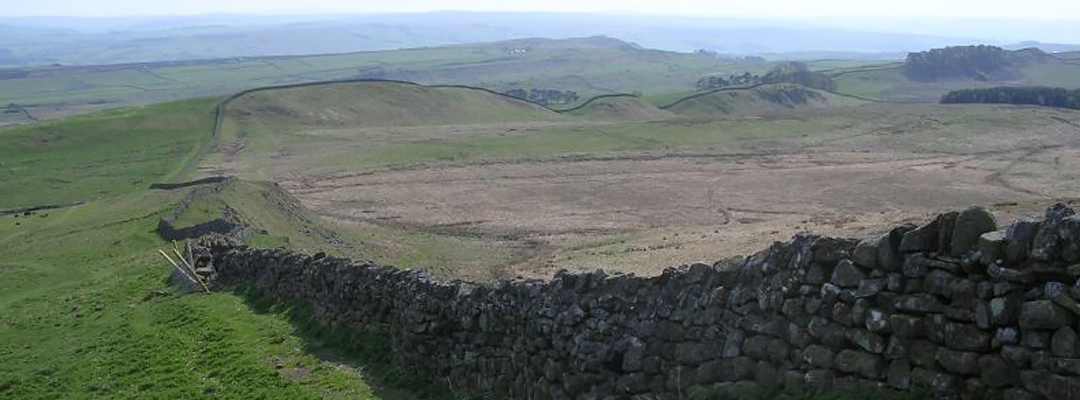Border Reivers and Hadrian's Wall
How Housesteads Fort, built for troops manning the frontier of Roman Britain, became a locus of crime and unrest in 17th-century England, thanks to the ‘Busy Gap Rogues’.

‘RANKE ROBBERS’
Housesteads is the best-preserved Roman fort along the sinuous line of Hadrian’s Wall. Attracting tens of thousands of visitors every year, it is now a busy place in a wide, empty and peaceful landscape.
But it wasn’t always thus. In the last years of the reign of Elizabeth I (r.1558–1603), the antiquary William Camden wanted to view the Roman remains at Housesteads as part of his research for the first description of the archaeology of Britain.
He visited other sites along Hadrian’s Wall but avoided Housesteads in the wild central sector, fearing the ‘ranke robbers thereabouts’. In his published account of 1600 he described the fort as near ‘to Busy Gap’ – the dangerous place that gave the Busy Gap Rogues their name.
RISE OF THE REIVERS
Borders are empty spaces in which outsiders and outlaws can thrive.
But in the centuries after the loss of Britain’s provinces and the end of the Roman frontier, Housesteads was little more than a field of ruins occupied seasonally for summer grazing and hunting. Eventually a new border emerged between the medieval kingdoms of England and Scotland, running from the mouth of the Tweed at Berwick to the Solway north of Carlisle.
The border was never secure, however, and especially in the 16th century political rivalry was often manifested in raids and pillaging between the cross-border communities.
Such communities were known as the border reivers. At Housesteads a small group lived in fortified farmhouses, one of which can still be seen, built into the Roman south gate.
BORDER DISORDER
Miles from towns and major settlements, the reivers led lawless lives. Busy Gap, a mile east of Housesteads in a valley through the crags, was a favourite place for gatherings or ‘trysts’ – for herding cattle or forming a raiding party to cross the border into Scotland.
But however remote the place was, its name was infamous as far away as Newcastle, where the common term for these Northumberland outlaws until the late 17th century was the ‘Busy Gap Rogues’. Such men were barred from entering Newcastle’s guilds and doing any business in the town.
DRIVEN SOUTH
Despite the accession of James VI of Scotland to the unified kingdom of Scotland, England and Ireland in 1603, the borders remained restless.
A brutal attempt by the new king to pacify the Scottish side resulted in emigration and flight across the border by reiver families such as the Grahams, the Kerrs and the Armstrongs. From the mid-17th century an extended family of Armstrongs is known to have lived at Housesteads and in various nearby farms.
This became the headquarters for violent protection rackets and a ring of horse thieves operating as far north as Perth and south into Yorkshire.
A NEW ERA
But times were changing. Nicholas Armstrong was hanged in 1704, and his brothers sailed to America, having left the bankrupt farm at Housesteads to be sold to one Thomas Gibson of Hexham in 1698.
This heralded the beginning of a new era, with safe access to the Roman remains at Housesteads. Within a few decades they were recognised as among the most complete in Britain or, as the great antiquarian William Stukeley put it, ‘as ruined but yesterday’.
By James Crow
